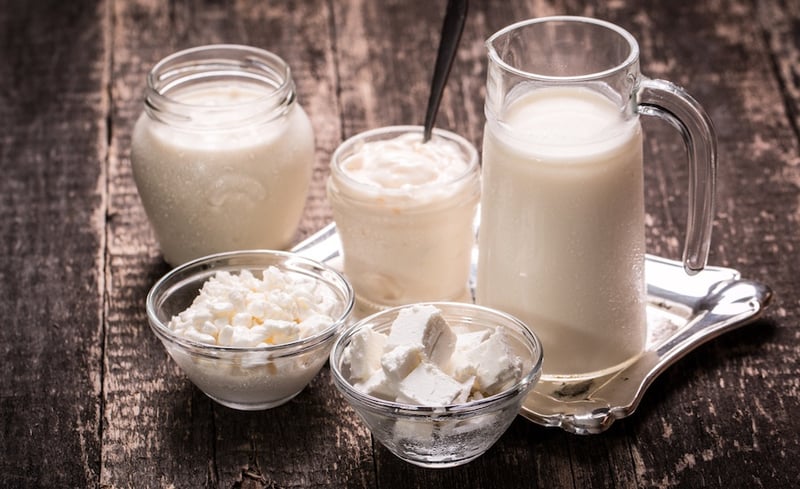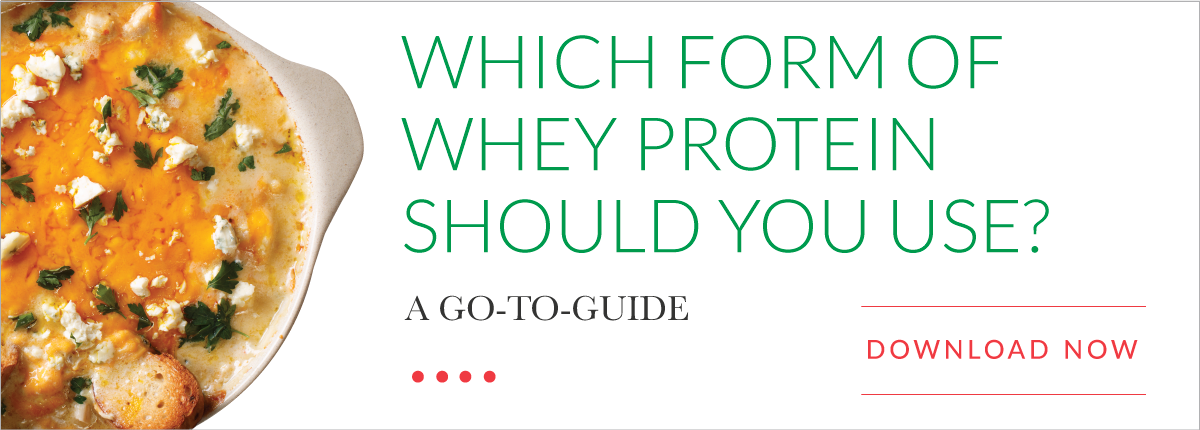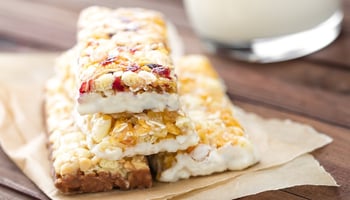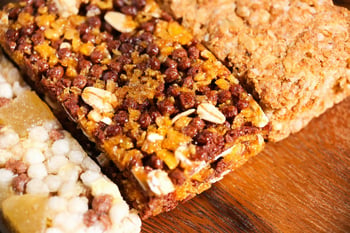 Have you reached for a snack lately? If so, you’re among the 91% of consumers who do so multiple times every single day. Cultural shifts and lifestyle changes have upended traditional eating patterns and will continue to drive the snack market, as demonstrated by more than one in five consumers saying they snack a lot more or somewhat more often than they did five years ago.
Have you reached for a snack lately? If so, you’re among the 91% of consumers who do so multiple times every single day. Cultural shifts and lifestyle changes have upended traditional eating patterns and will continue to drive the snack market, as demonstrated by more than one in five consumers saying they snack a lot more or somewhat more often than they did five years ago.
The types of snacks that consumers buy have shifted throughout the years, too. Sugar-laden treats and high-fat products are increasingly being replaced with more nutritional options to appeal to those who choose healthier and more active lifestyles.
Here’s a closer look at snacking trends and how formulators are leveraging innovative ingredient solutions to meet the demand.
A Look at Consumer Snacking Behaviors and Trends
Snacking spans several categories. For many consumers, snacking serves as a replacement for a typical sit-down meal. As a result, consumers are being more mindful and scrutinizing nutritional values and ingredients closely. For this reason, nutrient-rich dairy products are often the snack of choice. This trend is not limited to the traditional dairy offerings of string cheese or yogurt cups, however; consumers are also choosing protein bars and protein-packed beverages, for example, which contain nutritional whey protein.
Consequently, grocery stores are making more room on their shelves to accommodate the growing trend of nutritionally based snacks. How much room? The market for protein bars alone is expected to have a compound annual growth rate (CAGR) of 3.9% globally from 2018 to 2023.
The trend toward healthier options doesn’t mean consumers won’t want to satisfy a sweet tooth. They’ll continue to reach for indulgent snacks, such as ice cream, individually wrapped cheesecakes and cream-filled desserts that will give a boost of energy, comfort a stressful situation or help them unwind after a long day. Forecasts predict that the global market for sweet and savory snacks, which was worth $144 billion, will reach $219.6 billion by 2024.
Arguably, research shows that even consumers who eat snacks to satisfy a sweet craving or experience momentary lapses of willpower will still read labels and choose the more “natural-sounding” product when presented with multiple options.
How to Capture Better-for-You Snack Market Share
No matter which segment of the snack market food manufacturers wish to capture, they’ll need to differentiate their products with “out-of-the-box” formulations that provide nutritional value while still offering bold flavors, long shelf lives, and convenient and attractive packaging that contains clean labels.
Leveraging the benefits of all-natural dairy products in their applications with the use of functional whey protein, such as Grande Bravo®, can check each box. Whey protein is sustainably derived from dairy and is a cost-effective and price-stable alternative to high cost dairy ingredients, delivering all the benefits without the drawbacks. Applications vary widely and can include bakery, confections, coatings, ice cream, desserts and more, in addition to other snack accompaniments such as spreads, dips and dressings.
Many other dairy-based ingredients play a major role in the snack food market by boosting protein in snack bars and providing clarity to sports beverages, while dried Greek yogurt powder brings authentic flavors to many applications without the headaches of using fresh ingredients.
Determining the best whey protein ingredient for your application can be difficult. To help, we’ve created a comparison guide that outlines the differences between whey protein concentrates, isolates and hydrolysates, and the challenges of using many commodity whey products along with tips for overcoming them. To receive your free copy, simply click the link below or reach out to our expert food scientists to discuss your innovative snack idea and how whey protein can play a role in its success.




